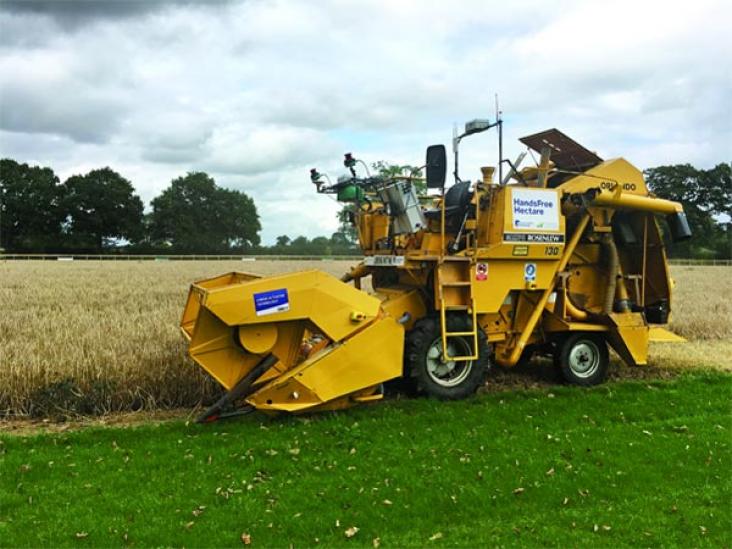The rapid global conversion of biodiverse landscapes to intensively managed arable fields may decrease microbial diversity and threaten the long-term fertility of native soils.
This book chapter addresses goals 3, 12, and 15 by exploring the ability of African medicinal spices and vegetables to tackle malignant diseases.
Global food security is a priority for the future development agenda of the United Nations.
Given the challenge of offering a development perspective to a rapidly growing population, it might be tempting for Africa to pursue a strategy of fueling growth with the cheapest source of energy ava
The Blueprint for Business Leadership on the SDGs aims to inspire all business — regardless of size, sector or geography — to take leading action in support of the achievement of the Sustainable Development Goals (SDGs). It illustrates how the five leadership qualities of Ambition, Collaboration, Accountability, Consistency, and Intentional can be applied to a business' strategy, business model, products, supply chain, partnerships, and operations to raise the bar and create impact at scale. The Blueprint is a tool for any business that is ready to advance its principled approach to SDG action to become a leader. This chapter relates specifically to SDG 15.

In the US, land owners are liable for environmental impacts in relation to contaminated land. This Lexis Practice Advisor practice note explains what due diligence should be carried out in relation to the purchase of land/buildings to assess the environmental risk. Environmental due diligence advances SDG 3.9 to substantially reduce the number of deaths and illnesses from hazardous chemicals and air, water and soil pollution and contamination, and generally supports SDG 11 Sustainable cities and SDG 15 Life on land.
The state of nature report has revealed that more than half of UK wildlife species studied have declined since 1970. This decline has been linked to intensive farming practices although farm leaders have disputed the findings. Understanding these issues and the role of agriculture will contribute to the advancement of SDG 15.5 to take urgent and significant action to reduce the degradation of natural habitats, halt the loss of biodiversity and, by 2020, protect and prevent the extinction of threatened species.

The groundbreaking Hands Free Hectare project has just seen its first harvest. This £200,000 Innovation UK-funded project by Harper Adams University with Precision Decisions has modified existing machinery to drill, sow, spray and harvest the crop without any human control. The project aims to show how automation can facilitate a sustainable farming system where multiple smaller, lighter machines will enter the field, minimising the level of compaction (SDG 15, life on land and SDG 9, industry, innovation and infrastructure).
Many studies have investigated whether microbiota has been adapted to decompose a given litter type but we have limited information about the specific role of microarthropods in litter decaying proces
Transportation geotechnics associated with constructing and maintaining properly functioning transportation infrastructure is a very resource intensive activity.
